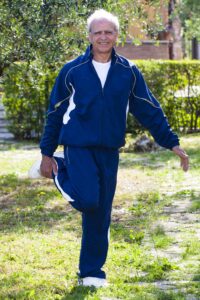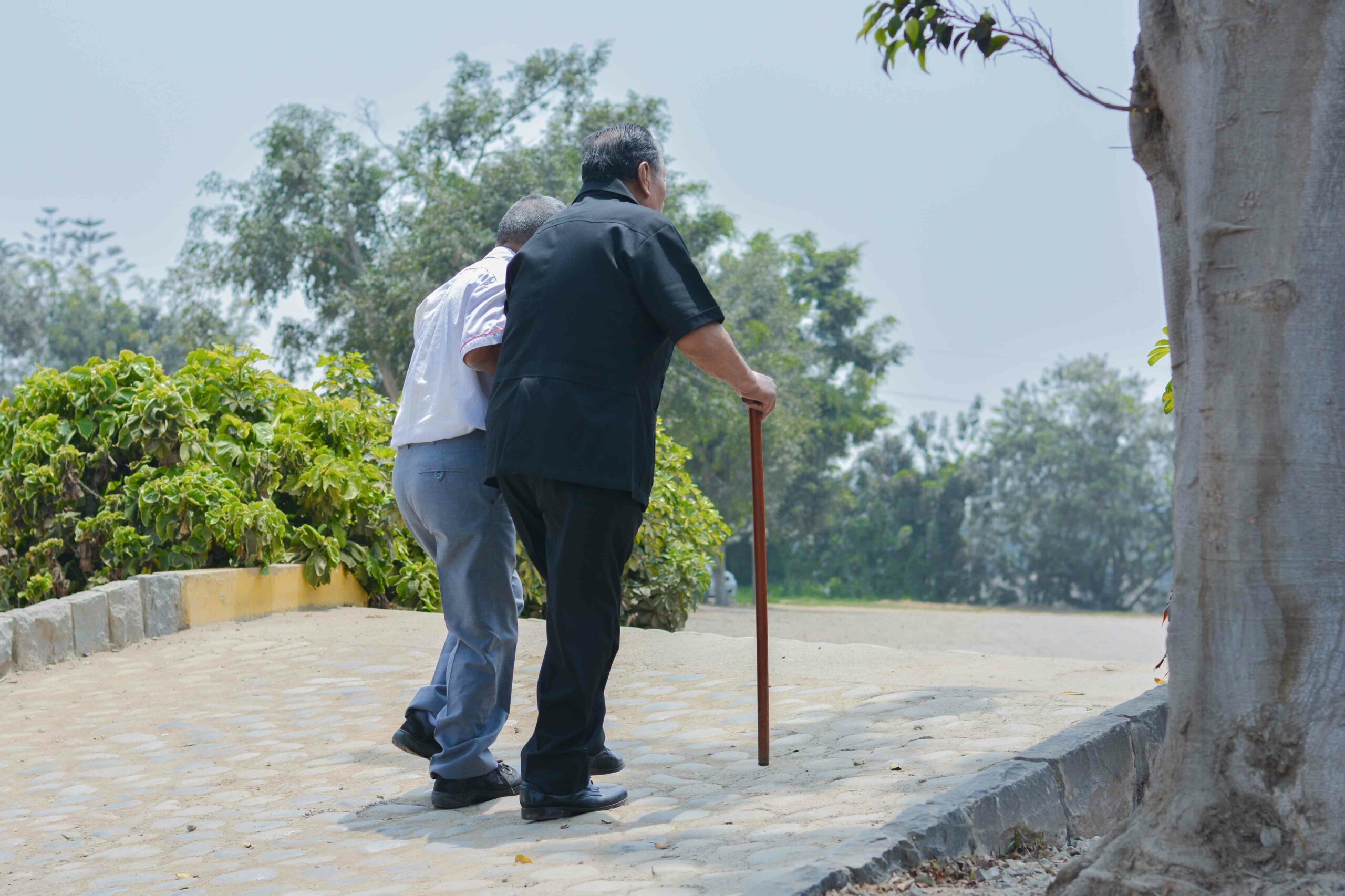A regular exercise routine can reduce pain and manage Osteoarthritis, writes Dr. JB Venkatesh Prasad
“These old bones, I shake and rattle
These old bones, I toss and roll”
When the song above is played, many senior citizens will get to their feet, to shake and roll. But there could be some, for whom the spirit is willing, but the physical self is weak. With advancing age, they may have become victims of chronic conditions, debilitating pain, agonizing inflammation, degenerative illnesses and an overall sense of insecurity.
One such affliction among the elderly that can be extremely painful and crippling is common arthritis. Arthritis means joint inflammation that affects joints, the tissues that surround the joint and other connective tissues.
The most common form of arthritis is osteoarthritis. Osteoarthritis can be mild, moderate or severe. Although osteoarthritis can damage any joint, the disorder most usually affects joints in your hands, knees, hips, and spine. It could get worse with time and age, resulting in chronic pain, inability to do daily activities and posing difficulties in walking or climbing stairs. It could also lead to a disfigurement of the joints of the knees and hands.
The treatment for osteoarthritis normally includes medication and surgery in advanced cases, but a regular exercise program can reduce pain and inflammation, and help better control and manage the disease. Reducing or avoiding physical activity can worsen the situation. It will not only weaken the bones and increase stiffness but will significantly reduce mobility.
A physiotherapist can recommend the best exercises for you to help you get your muscles and joints working better, but you need to include them in your daily schedule for the best results.
Osteoarthritis of the knees – Some Dos and Don’ts
- Avoid weight gain – Excess weight is the most common factor that has a direct effect in causing and aggravating arthritis. And it is the one causative factor which can be controlled. Many times mild to moderate painful osteoarthritis can become painless and avert need for medication and surgery by losing weight. And the most effective way of losing weight is by dietary restriction and modification in consultation with a dietician.
- Exercise the knee – Start with simple stretching, strengthening knee exercises. There are several gentle, low-impact exercises for raising and bending the knees that can help you feel stronger and more flexible. You can even sit on a chair and extend your leg one at a time to keep knee joints active. Static cycling exercises is another effective exercise for the knees. If you keep the arthritic knee idle, it could worsen pain and inflammation.
- Avoid prolonged standing – Standing for long periods without adequate breaks, can cause the blood to pool in the legs and feet. This can increase stiffness, pain and cramps in the knee. It can even increase the risk of falls due to unsteady legs. Make sure there is some movement, even if it means taking a few steps to and fro from time to time.
- Limit stair-climbing – Climbing stairs can put a lot of stress on the knee because the cartilage under your kneecap softens and wears away. Hence, frequent bending and straightening can trigger a dull pain. Once arthritis becomes painful to even in mild degrees, avoid climbing up and downstairs. So if there is an option for an elevator, go for it.
- Use assistive devices – It is advisable you use a walker, cane, stick or crutches to increase support, improve balance and mobility and feel independent.
- Wear the right shoe – For arthritis of the knee, it is very important that the right shoe is worn to reduce stress and pressure. With the wrong shoe, the pain can extend to the other joints of the foot and ankle, and exacerbate your problem. The footwear should not be too hard and should have a soft insole.
- Strengthen the quadriceps – These are large thigh muscles and extend right upto the knee. They are important for walking, standing and almost all activities involving the leg. Quadriceps strengthening with exercises like straight and side leg raises can help reduce pain and improve physical function.

If you follow these basic guidelines and exercises sincerely, visit your doctor on schedule and take your medications regularly, you can lead an active and fulfilling life.
And, next time you hear a foot-tapping number, maybe you too could join in without fear of a drop-down.










Right in article said to keep important tips for old seniors .First ur meditation daily or pranayam must fully mind to body feel fresh and do activities like in aged mankind’s.
I am 72 years my teeth,all solid and food digestion normal as young.
I like ur article.thanks
Thank you for comment Dr. Dave,
If you like the our content share it with your friends and ask them to subscribe to Seniors Today by giving a missed call on 7406469469.
Thank you!
Comments are closed.